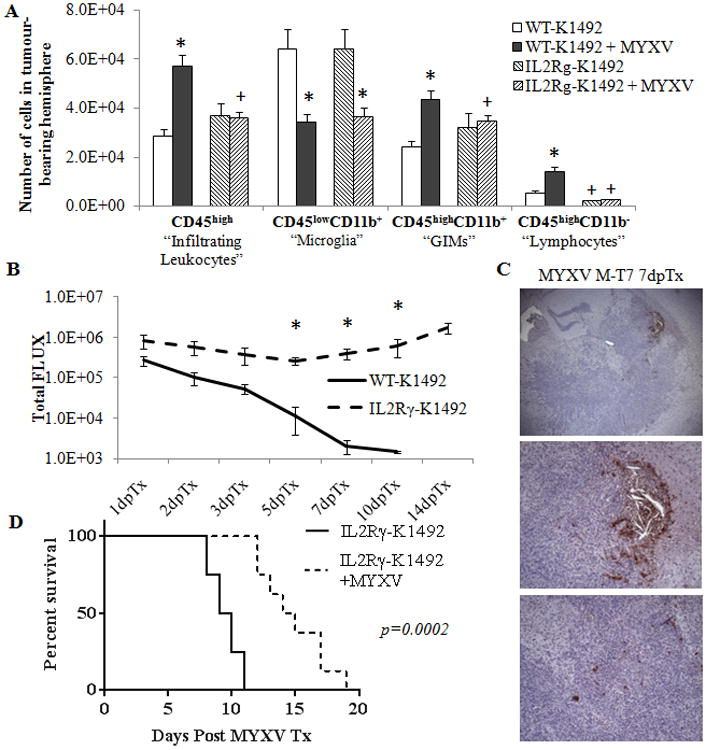Figure 5. IL2Rγ-deficient mice have a persistent Myxoma virus infection within the tumour that results in a significant increase in treatment efficacy.

Wildtype (WT) or IL2Rγ-deficient (IL2Rγ) C57Bl/6 mice implanted with K1492 cells and analyzed by flow cytometry at 15 days-post implantation, 3 days post-treatment with Myxoma virus (5×106 FFU vMyx-GFP; MYXV) or untreated. A - Quantified numbers of each cell type isolated from the tumour-bearing hemisphere and analyzed by flow cytometry (n=6). Asterisks represent significant differences within mouse strain but between treatment groups. Plus signs represent significant differences between mouse strains within treatment groups. B – Measurement of bioluminescence emitted from WT or IL2Rγ K1492-bearing mice treated with vMyx-FLuc (5×106 PFUs; n = 9 WT, n = 8 IL2Rγ) 14 days post-implantation. C – M-7e staining of K1492-bearing IL2Rγ mice 7 days post-treatment with vMyx-FLUC (5×106 PFU). Top panel 4× objective, middle and lower panel at 10× objective. D - Kaplan-Meier survival curve of K1492-bearing IL2Rγ-mice treated vMyx-FLuc (5×106/PFU) 14 days after tumour implantation. All error bars represent standard error.
